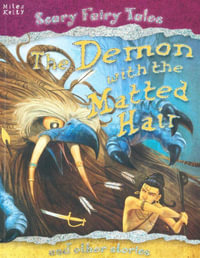
100 Facts : Rocks & Minerals
Projects - Quizzes - Fun Facts - Cartoons
By: Sean Callery, Steve Parker (Consultant Editor)
Paperback | 1 January 2012
Sorry, we are not able to source the book you are looking for right now.
We did a search for other books with a similar title, however there were no matches. You can try selecting from a similar category, click on the author's name, or use the search box above to find your book.
ISBN: 9781848101258
ISBN-10: 1848101252
Series: 100 Facts
Published: 1st January 2012
Format: Paperback
Language: English
Number of Pages: 48
Audience: Children
For Ages: 7 - 11 years old
For Grades: 2 - 6
Publisher: MILES KELLY PUBLISHING LTD
Country of Publication: GB
Dimensions (cm): 29.7 x 22.8 x 0.6
Weight (kg): 0.259
Shipping
| Standard Shipping | Express Shipping | |
|---|---|---|
| Metro postcodes: | $9.99 | $14.95 |
| Regional postcodes: | $9.99 | $14.95 |
| Rural postcodes: | $9.99 | $14.95 |
How to return your order
At Booktopia, we offer hassle-free returns in accordance with our returns policy. If you wish to return an item, please get in touch with Booktopia Customer Care.
Additional postage charges may be applicable.
Defective items
If there is a problem with any of the items received for your order then the Booktopia Customer Care team is ready to assist you.
For more info please visit our Help Centre.










